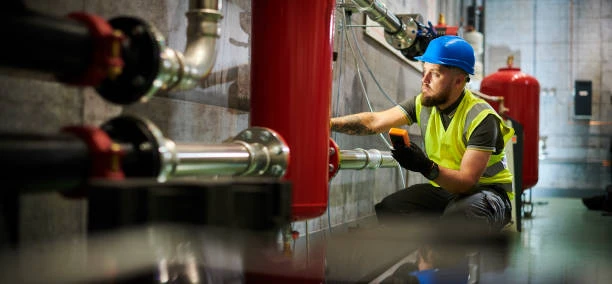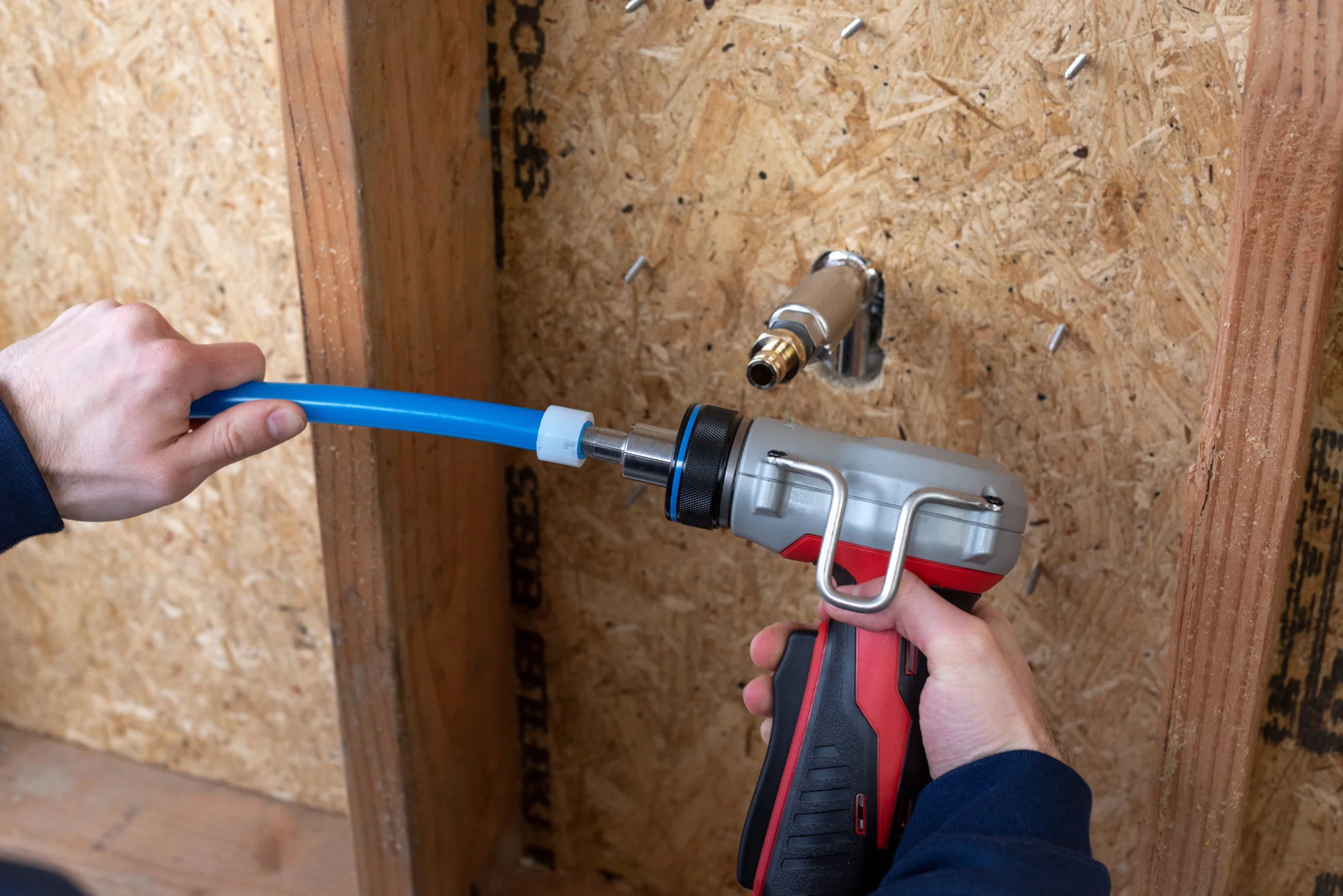Introduction
In a bold move that signals a shift in the automotive industry, Audi has announced its commitment to eliminating fake exhausts and embracing real “hot pipes” for its internal combustion engine (ICE) cars. This decision is significant not only for Audi’s brand identity but also for the broader conversation about transparency and authenticity in automotive engineering. In this article, we’ll delve into the implications of this decision, explore the benefits of real hot pipes, and discuss how this could influence consumer perceptions and industry trends.
Understanding Hot Pipes
What Are Hot Pipes?
Hot pipes, in automotive terms, refer to actual exhaust systems that emit real gases and sounds from the engine, unlike fake exhausts that are often added for aesthetic purposes or sound enhancement. These systems play a crucial role in vehicle performance, emissions control, and sound engineering.

The Function of Exhaust Systems
Exhaust systems serve multiple critical functions, including:
- Emissions Control: They help in reducing harmful emissions released into the environment by converting toxic gases into less harmful substances.
- Performance Optimization: A well-designed exhaust system enhances engine efficiency by allowing exhaust gases to exit the engine quickly.
- Sound Management: Exhaust systems contribute to the engine’s sound profile, providing feedback to the driver and enhancing the driving experience.
Audi’s Shift to Real Hot Pipes
Why the Change?
Audi’s decision to move away from fake exhausts aligns with a growing consumer demand for authenticity in automotive design. Fake exhausts have long been criticized for misleading consumers about vehicle performance and sound, and Audi aims to rectify this perception by delivering real, functional exhaust systems.
Brand Identity and Consumer Trust
By committing to real hot pipe, Audi is positioning itself as a leader in transparency and quality within the automotive sector. This shift is expected to enhance brand loyalty and consumer trust, particularly among enthusiasts who prioritize genuine performance over superficial enhancements.
Regulatory Compliance
As global emissions standards become increasingly stringent, the automotive industry must adapt to meet these requirements. Real hot pipes can be engineered to comply with regulations while still providing an exhilarating driving experience. Audi’s commitment may help pave the way for innovative designs that balance performance with sustainability.
Benefits of Real Hot Pipes
1. Enhanced Performance
Real hot pipe improve engine performance by allowing for better exhaust flow, which can lead to increased horsepower and torque. This optimization is essential for maintaining competitive performance metrics in the market.
2. Authentic Driving Experience
Drivers often seek an emotional connection with their vehicles, and the sound of a real exhaust system contributes significantly to this experience. Hot pipes provide a genuine engine roar that enthusiasts crave, enhancing the joy of driving.
3. Improved Emissions Management
By investing in advanced hot pipe technology, Audi can ensure that its vehicles meet or exceed emissions standards. This proactive approach to environmental responsibility demonstrates the brand’s commitment to sustainability.
4. Increased Resale Value
Vehicles equipped with real hot pipes may retain higher resale value, as buyers increasingly look for authenticity and performance. Cars that deliver on these fronts are likely to attract more interest in the used car market.
5. Innovation and Engineering Excellence
The shift towards real hot pipes encourages innovation in exhaust system design, leading to potential advancements in materials, manufacturing techniques, and overall vehicle performance.
Industry Implications
Setting a New Standard
Audi’s commitment to real hot pipes may influence other manufacturers to reconsider their approach to exhaust systems. As a leader in the luxury segment, Audi’s decision sets a new standard that could drive industry-wide changes in how manufacturers design and implement exhaust systems.
Consumer Expectations
With this commitment, Audi is likely to reshape consumer expectations regarding vehicle performance and authenticity. As buyers become more discerning, manufacturers will need to prioritize genuine features that enhance driving experiences.
Environmental Impact
As more manufacturers adopt similar strategies, the collective impact on emissions could be significant. Real hot pipe, when designed effectively, can help reduce pollutants and support the automotive industry’s transition towards more sustainable practices.
Challenges Ahead
Balancing Performance and Compliance
While embracing real hot pipes has many benefits, it also presents challenges. Manufacturers must balance performance with increasingly stringent emissions regulations. Innovative engineering solutions will be necessary to achieve this equilibrium.
Consumer Misconceptions
Audi and other manufacturers will need to educate consumers about the advantages of real hot pipes versus fake exhausts. This education will be essential to shift perceptions and highlight the value of authenticity in automotive design.
Cost Considerations
Investing in real hot pipe technology may increase production costs. Manufacturers must carefully consider pricing strategies to maintain competitiveness while delivering authentic performance features.
Conclusion
Audi’s decision to commit to real hot pipes for its internal combustion engine cars marks a pivotal moment in the automotive industry. By prioritizing authenticity, performance, and environmental responsibility, Audi is setting a new standard that could reshape consumer expectations and industry practices. As other manufacturers observe this shift, we may see a broader trend towards transparency and innovation in vehicle design. The future of the automotive industry looks promising as brands like Audi lead the way in delivering genuine driving experiences.
FAQs
- What are hot pipe in automotive terms?
- Hot pipes are real exhaust systems that emit genuine gases and sounds from the engine, contrasting with fake exhausts designed solely for aesthetics.
- Why did Audi decide to eliminate fake exhausts?
- Audi aims to enhance transparency and authenticity, improve consumer trust, and align with growing demands for genuine performance features.
- How do real hot pipe benefit vehicle performance?
- Real hot pipes improve exhaust flow, which can lead to increased horsepower and torque, optimizing overall engine performance.
- Will this change impact the resale value of Audi vehicles?
- Yes, vehicles with real hot pipes may retain higher resale value as buyers seek authenticity and performance in their purchases.
- What challenges does Audi face with this shift?
- Challenges include balancing performance with emissions regulations, educating consumers, and managing potential increases in production costs.
















